The Perfect Time to Cut Back Spring Bulb Flowers and Foliage
Are you frustrated by all the dead leaves your spring-flowering bulbs leave behind in your garden beds? I’ll give tips on how to cut back your spring bulb flowers and foliage and why timing is essential for next year’s blooms.
If you want next year’s flowers to continue to be healthy and bloom beautifully, resist the strong urge to cut back the foliage of the spent spring bulb. Timing it right has many benefits.
It can be very tempting to want to cut down all the yellowing bulb foliage that your spring-blooming bulbs leave behind each year. Your garden can look messy and unkempt.
But if you want your spring bulbs to bloom again next spring, you’ll need to let them rest for a while.
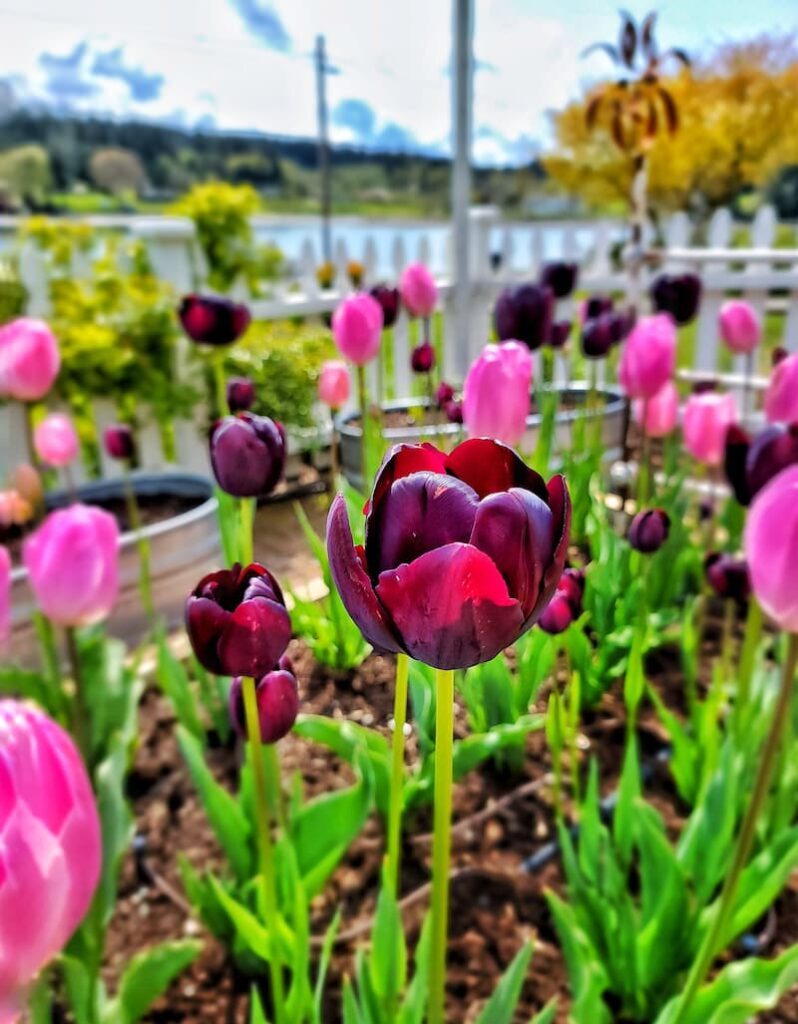
As an Amazon affiliate, I earn a commission from qualifying purchases at no additional cost to you. My blog also features other affiliate links for your convenience. Click here to read my privacy policy.
More About Spring Flowering Bulbs
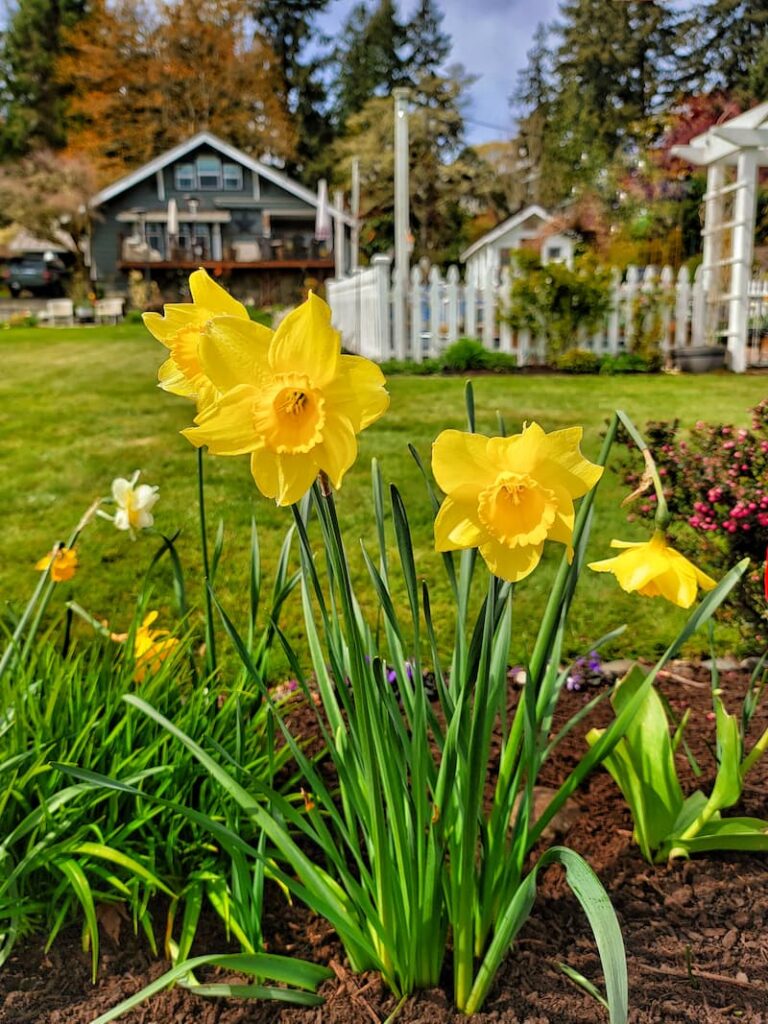
Spring bulbs are usually planted in the fall. They need several weeks of cold winter temperatures in the ground to break their dormancy and produce quality blooms.
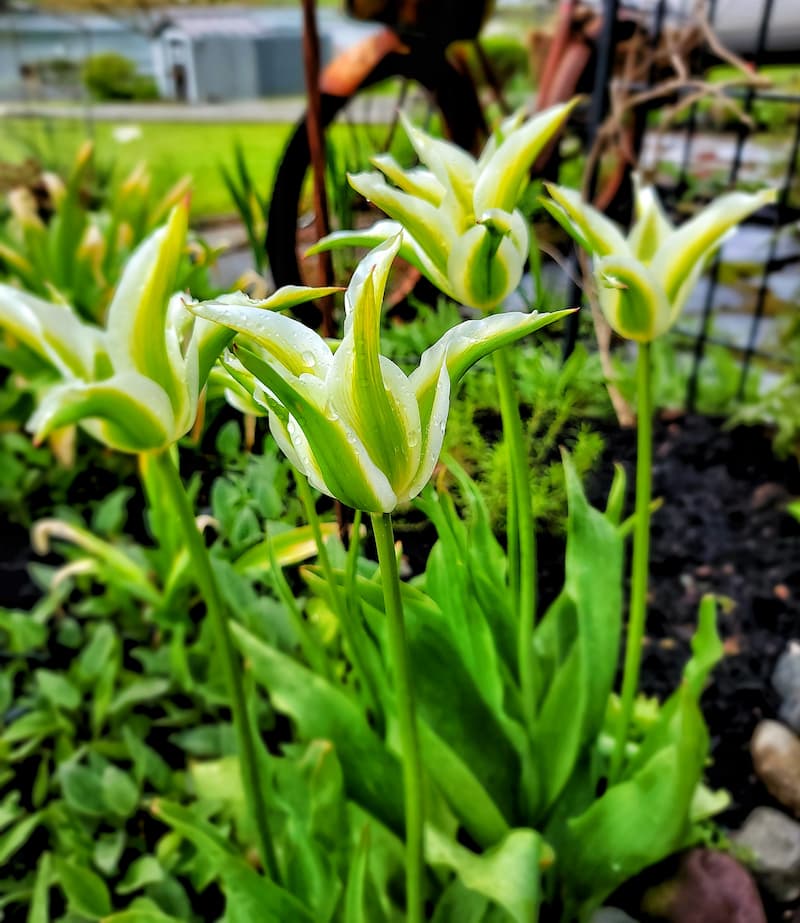
Here are more common spring flowering bulb types to plant in the garden:
When is It Safe to Cut Back Spent Spring Bulb Flowers?
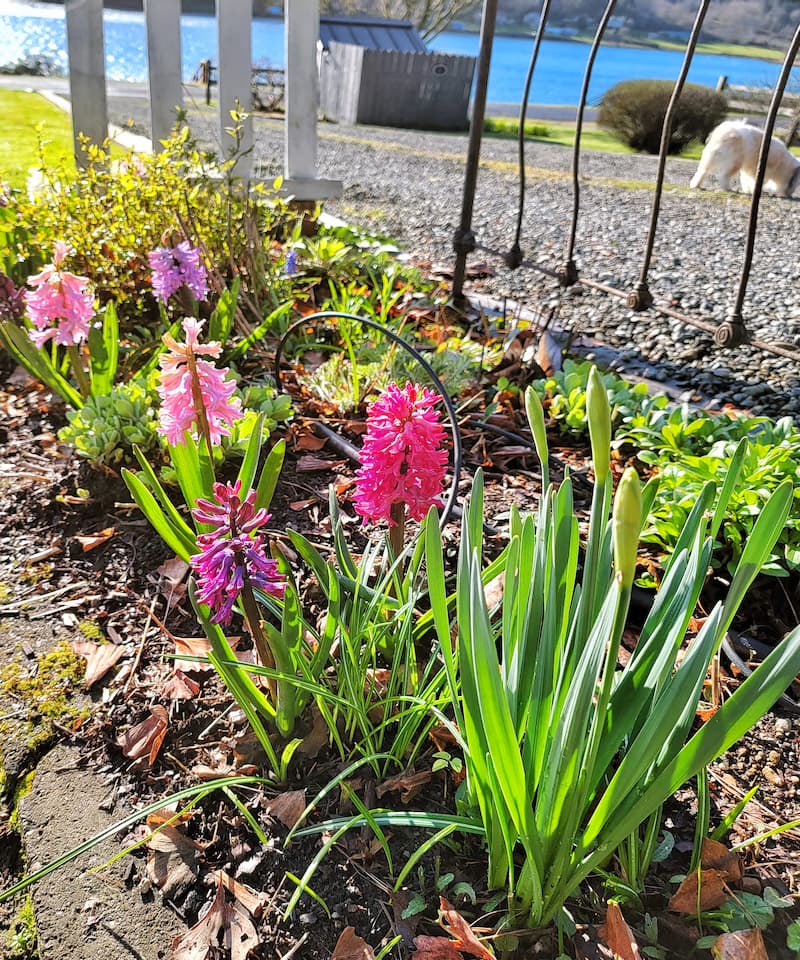
Spring bulb flower stems can be cut back to the ground as soon as they finish blooming. This allows the bulbs to focus their energy on new growth.
Cutting back spent and old flower heads encourages regrowth and can improve the bulb’s flowering the following season.
When Should You Cut Back Your Spent Spring Bulb Foliage?
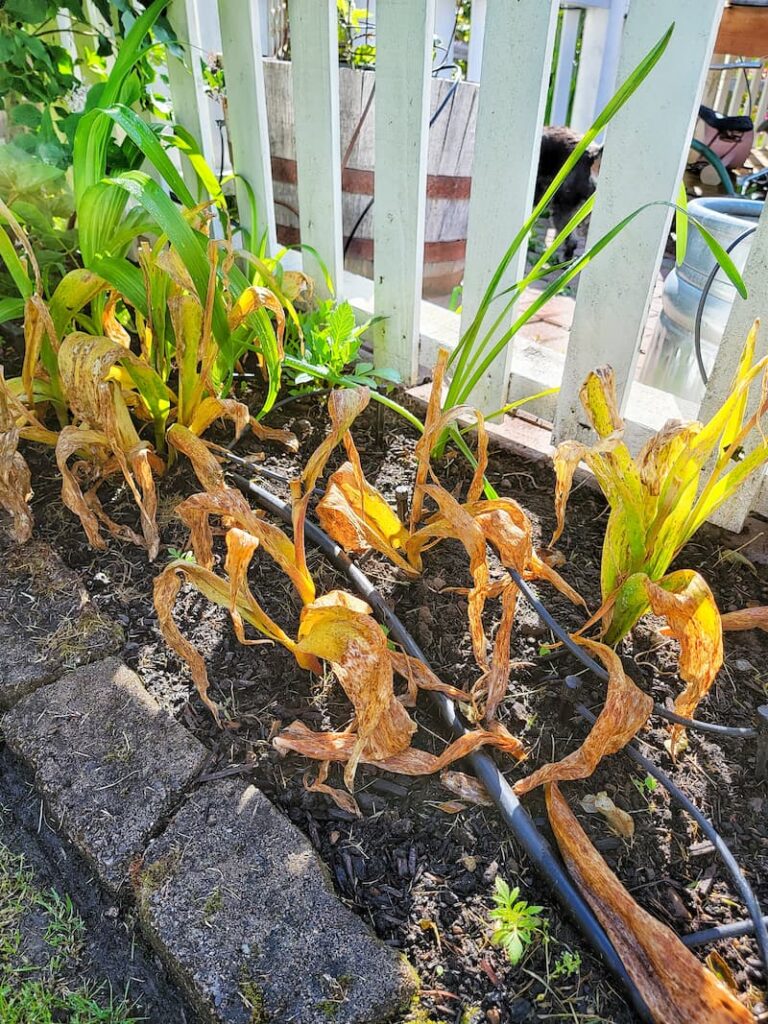
The general rule of thumb for cutting back spent spring bulb leaves is about eight weeks.
That means the spring bulbs that bloomed in April must be left standing in the garden beds until June.
Why is It Important to Wait to Cut Back Spring Bulb Foliage?

After flowering, bulbs need to keep their foliage to photosynthesize. This is necessary for the life of the flowers, so the flower bulbs store the food supply to set new buds and get them through the remainder of the year.
Cutting back the bulb’s leaves at the right time can help promote regrowth, improve the plant’s health, and encourage healthy flowers the following spring.
What is Photosynthesis?

According to National Geographic, photosynthesis is the process by which plants use sunlight, water, and carbon dioxide to create oxygen and energy in sugar.
How Can You Tell if Spring Bulb Foliage is Ready to Cut Back?
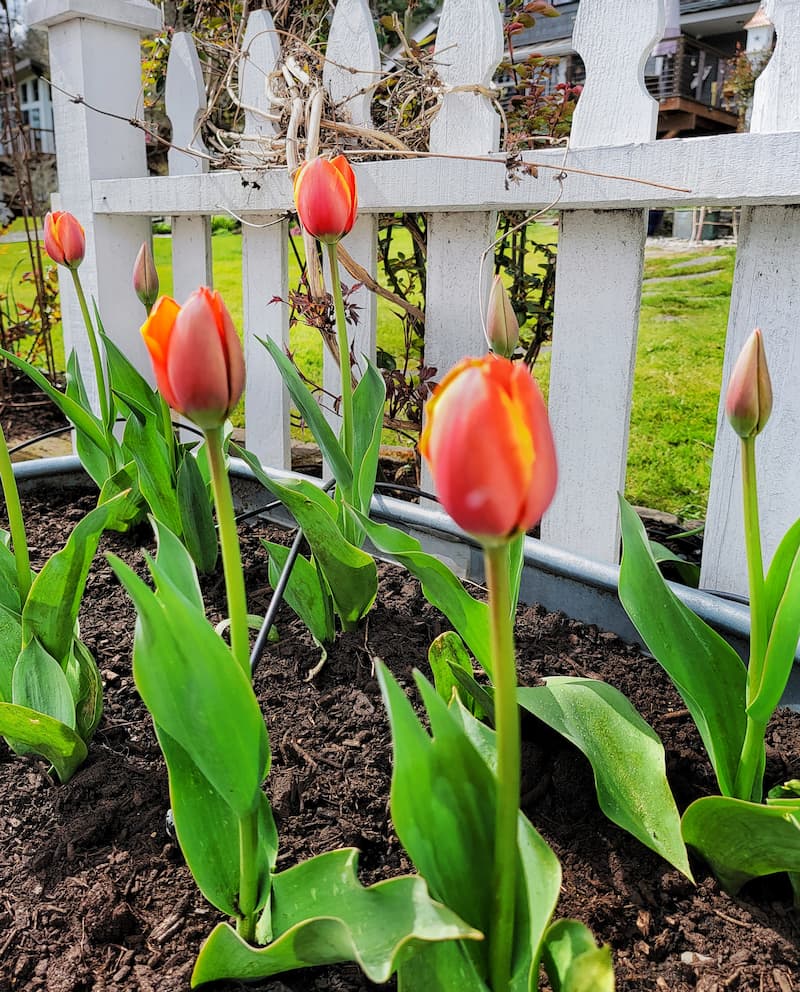
If you’re unsure when to cut down the spent leaves, test them. Gently pull the leaf, and if it comes out of the ground without any resistance, the bulb has all the nutrients it needs for the next season and can be cut back.
Tips for Cutting Back Your Spring Bulb Leaves
Don’t Tie the Foliage Into Bundles
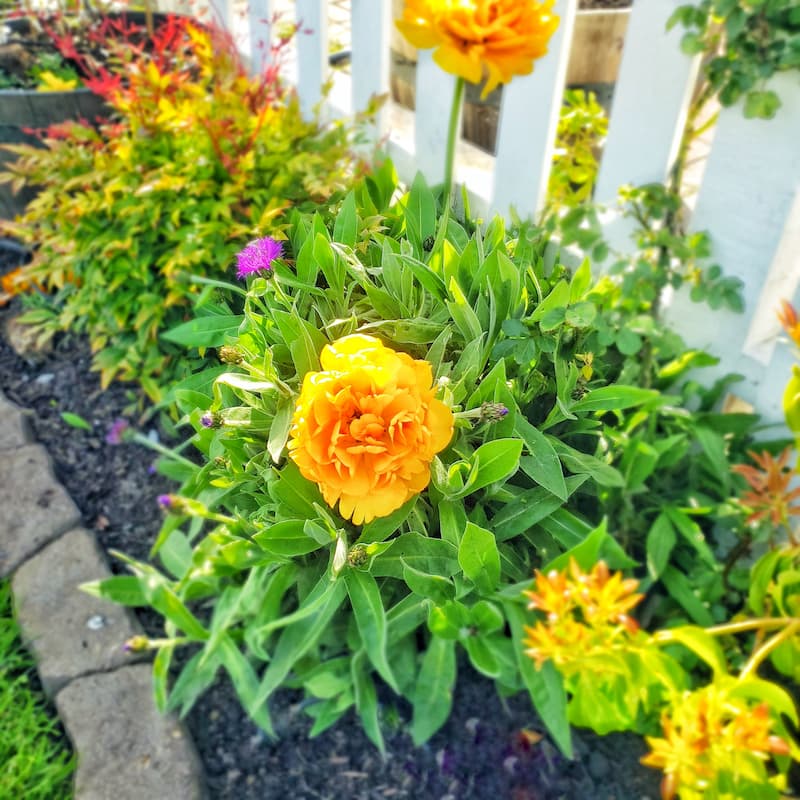
The leaves of spring bulbs need to be exposed to sunlight during photosynthesis. If you don’t tie them up, rubber band them, bend them over, or braid them, the sun will have a better job reaching the foliage.
Keep Your Garden Clean While Leaving Your Spent Foliage in the Beds
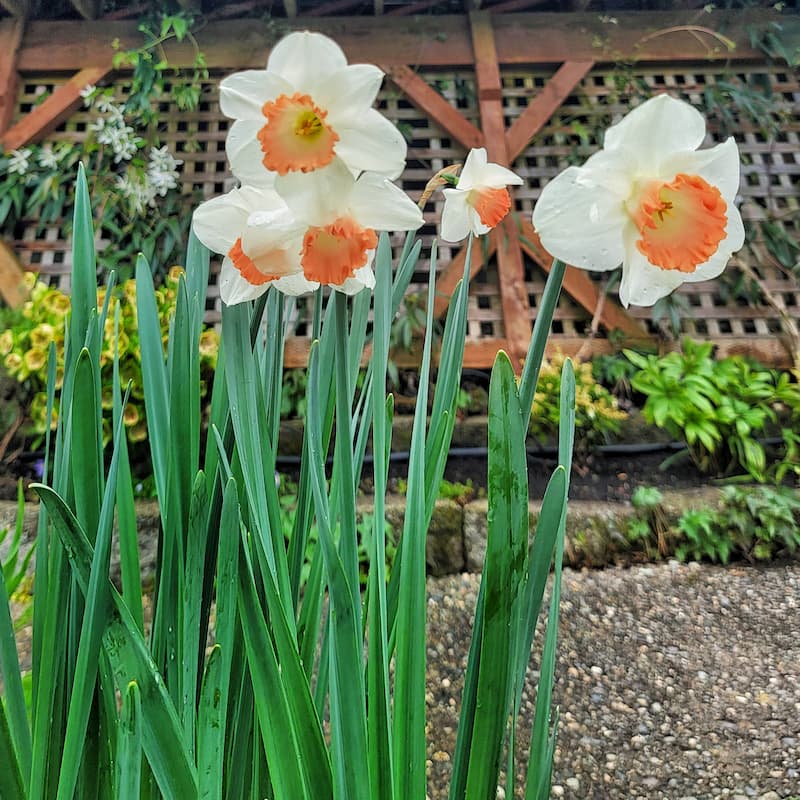
As a gardener, I can get so frustrated with the wilted yellowing foliage lying around in the garden. Sometimes these spent leaves hang around through late spring and even early summer.
I tend to tuck my bulbs between evergreen shrubs and early spring-growing perennials. This helps hide the brown or yellowing leaves.
Planting early blooming annuals, such as primroses and pansies, or perennials around the spring bulbs can help distract from the spent foliage.
Final Thoughts for Cutting Back Spring Bulbs
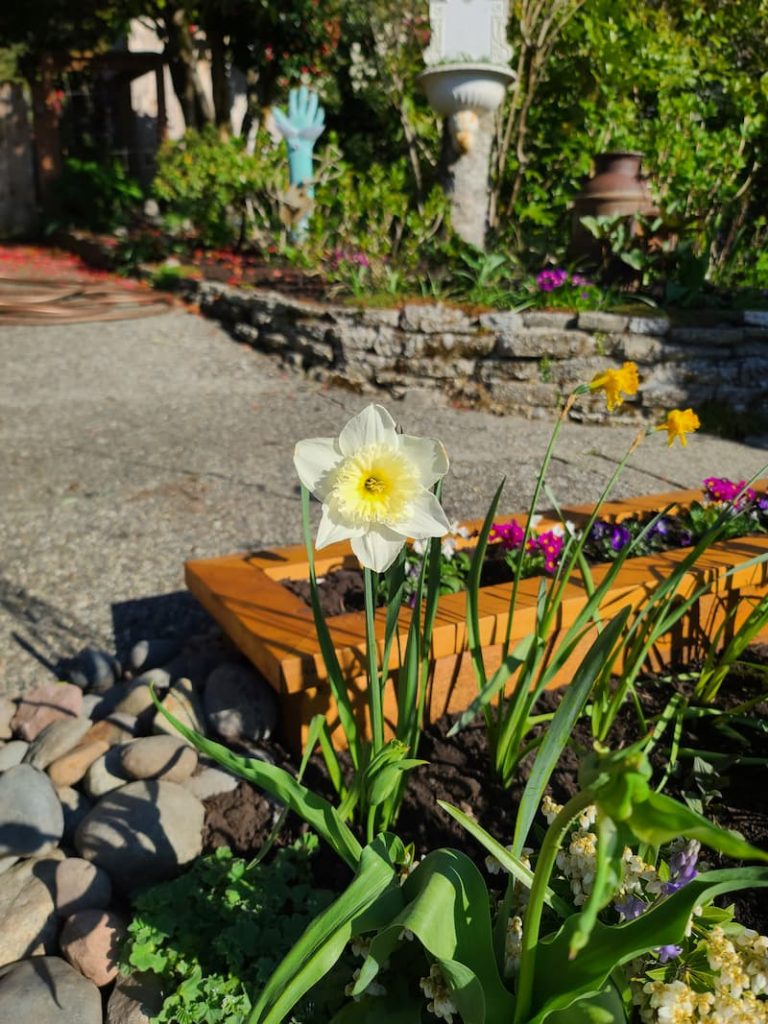
Timing when you cut back your spent foliage will help with overall bulb health. If you cut your bulbs back too soon, you will risk the bulbs getting less energy than needed, resulting in fewer flowers.
I hope these tips for cutting back your spring bulb flowers and foliage have given you the confidence to grow and care for your spring flower garden.
If you have any questions or additional suggestions, please share them in the comments below. And be sure to share this blog post link with anyone who may find these gardening tips useful.
Until next time,
Happy Gardening!

I’m a self-taught hobby gardener. Everything I share on my blog is my opinion and what has worked for me.
MORE POSTS
For You To Enjoy
Follow Me for More Inspiration
Shop my Amazon Storefront, LTK sources, and my favorite home decor, garden, and lifestyle products. When you purchase from one of my links, I earn a small commission, which helps me continue sharing all the content you expect on my blog.
Be sure to follow me on Pinterest, Instagram, Facebook, TikTok and LIKEtoKNOW.it. Do you like gardening? Join my Facebook Gardening Tips & Tricks group.

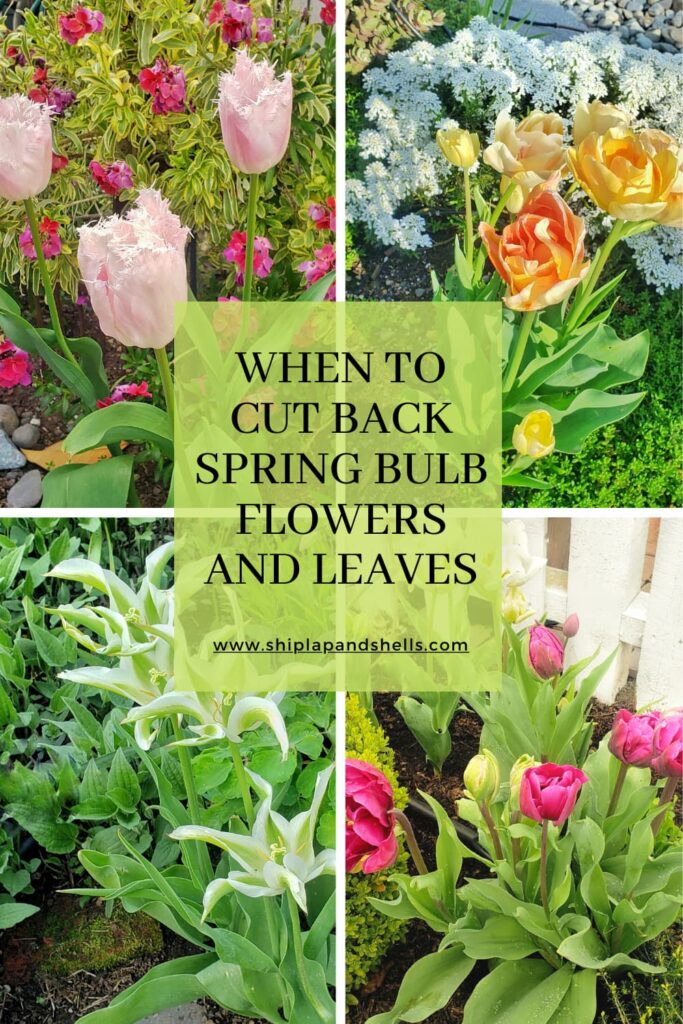

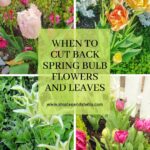
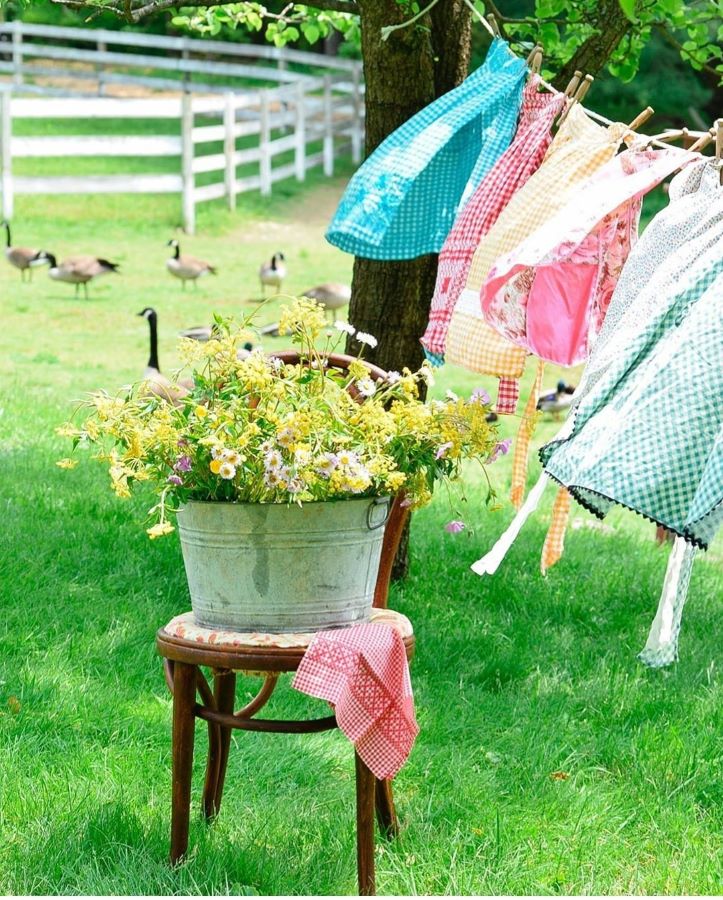
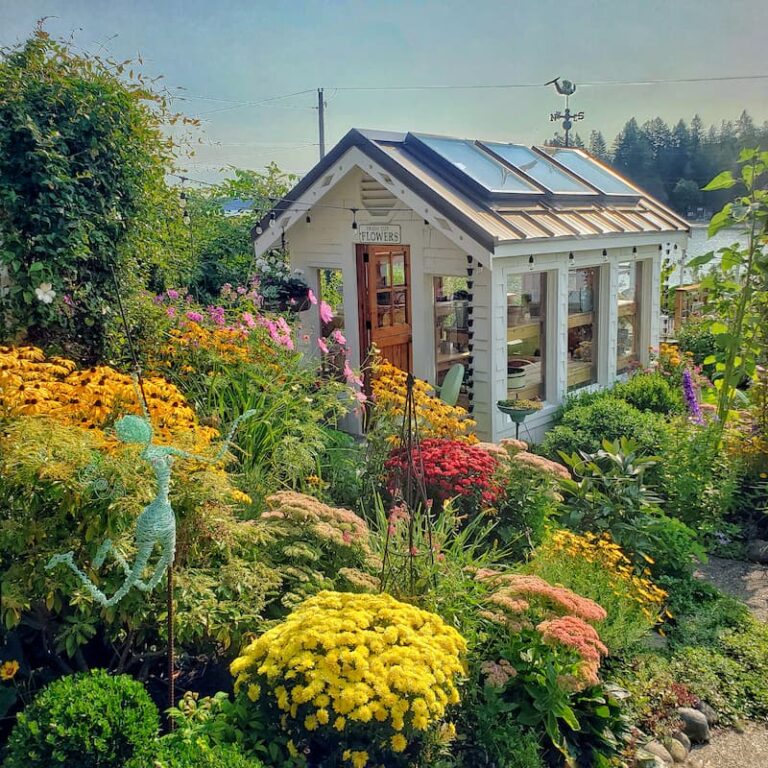
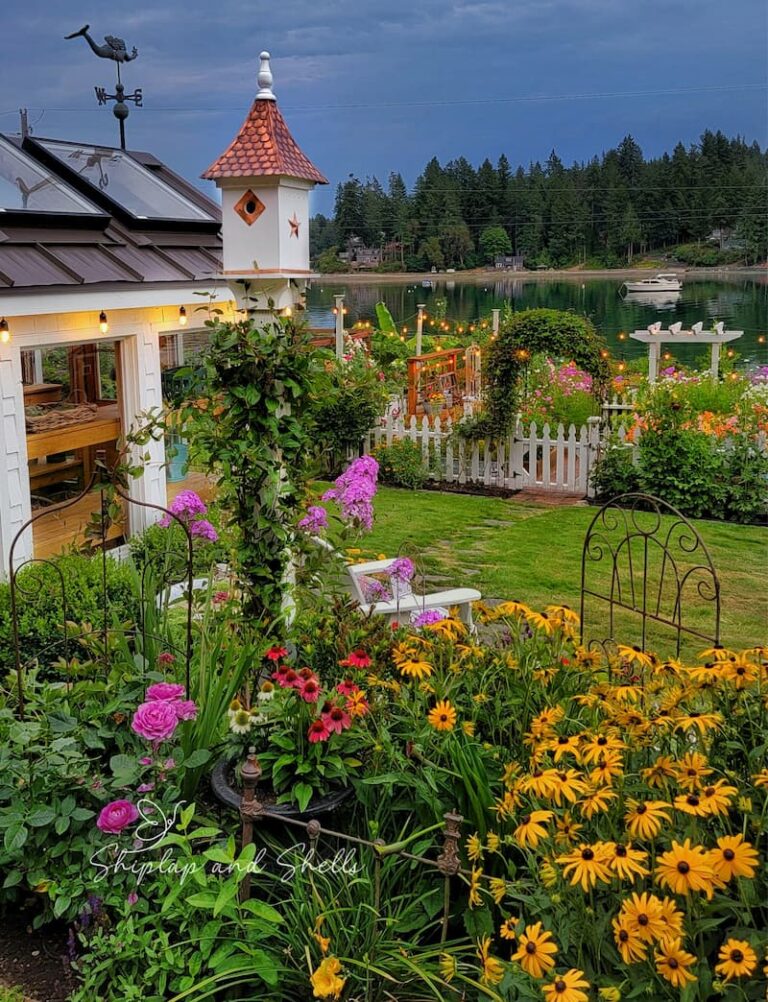

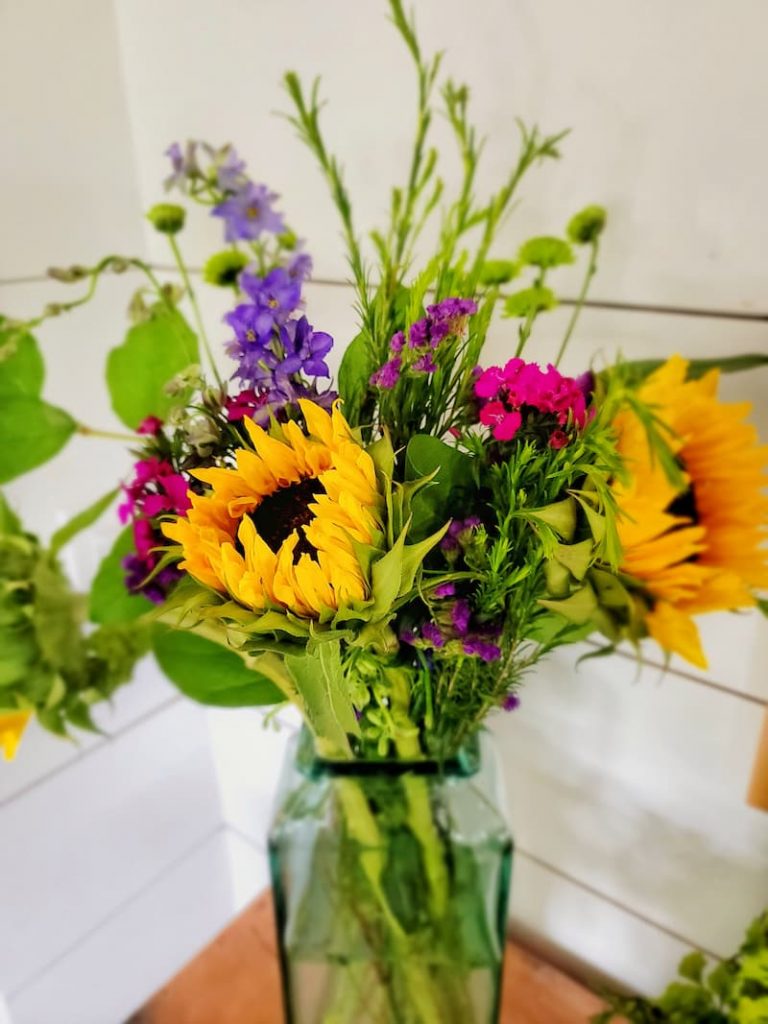
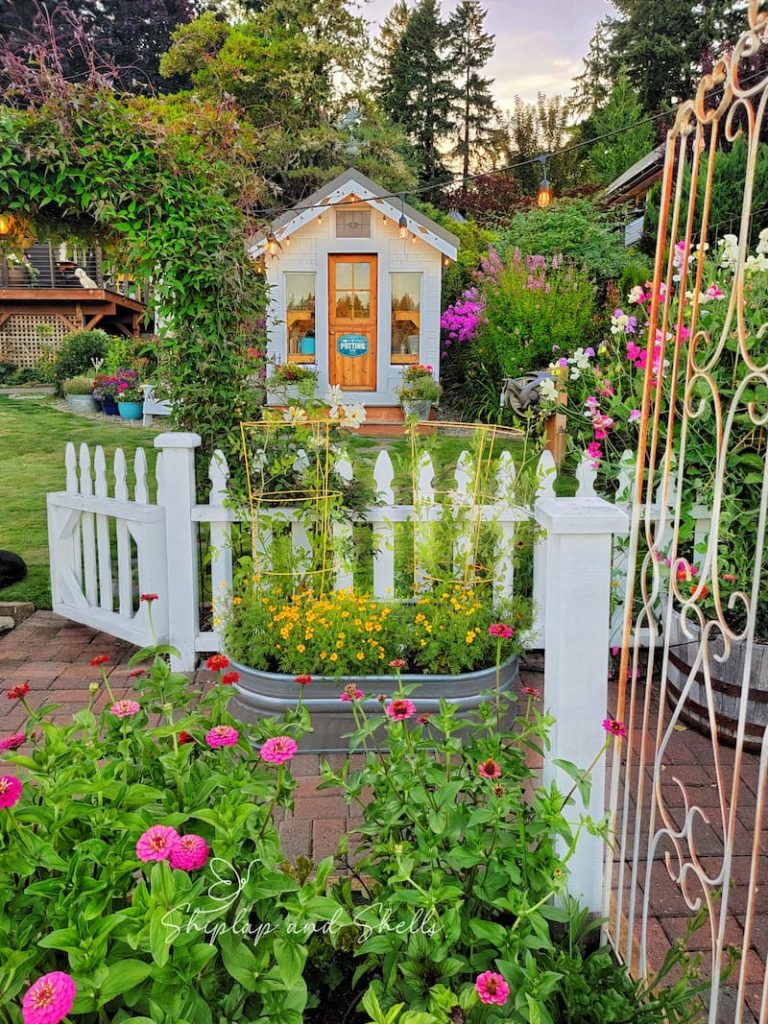
Kim
This is such an informative article. I learned so much. Can’t wait to share a link next week on DRA!
I’m so happy to hear it Rachel. Thank you for following along.
Thank you so much for these tips, Kim! We’ve had several of the iris beds around the property bloom already (it’s in the 80s in FL) and the leaves are totally spent and we did not know what to do with them. I know I say this all the time but even though we are in 2 different zones I always learn so much from you. I can’t wait to get these cleaned up now! Big hugs and thank yous, CoCo
I am so glad happy to hear that you can learn something from me about the garden. You teach me so many things about life CoCo.
great tips Kim!
Thank you, my friend.
Love these tips! Here in Northern California my bulbs sprouted back in early March and I just cut them back not too long ago ‘cuz I had read somewhere to leave them even though it’s ugly. All your bulbs and flowers are beautiful! XO- MaryJo
Yes, I have those ugly things laying all over the ground…still and it’s June. Oh well, I can’t imagine the garden without them. It would look pretty sad in early spring. Thanks for visiting!
Kim, a few years ago I put in an extensive bulb garden. It looks glorious for a few weeks and then, I have to leave all the dead leaves up until the energy is sent back into the bulb. Not a pretty time, but this year, several poppies sprouted up and took over. Now I have to move those out of there because they seem to be competing with the iris, hyacinths and tulips. It’s always something!
It really is always something in the garden Mary! I really need to do a better job planning out something to grow in front of the dead foliage. I always think I am so smart, but by the time a perennial grows tall enough to hide the dead leaves, they are ready to be pulled out. At least I will have another challenge to try to overcome.
This is great and I need all the advice you can give me! 😉 I know my followers will love this post too so I’m sharing it in my weekend round up Sunday.
Oh, thank you, Kristin! I am a couple of weeks behind on responding but will have to check out your round-up!
Oh my gosh, I so needed this friend! Thank you so much for sharing it.
I’m so glad Chas! I always love it when I can help YOU with something for a change.
Kim I love all your flowering bulbs! They look great this year – especially your bed of tulips and wheelbarrow of daffodils. I can’t wait to see the gardens grow and fill in! Thank you for including me in your post today! xoxo
I love spring bulbs more and more every year. I can’t imagine a spring garden without them anymore. It would be so bland. I do have a tough time when it’s June and the foliage still hasn’t died back! Good things we can edit our pictures!
I had no idea. I don’t know if there are any bulbs I can plant here in Florida since we don’t get the cold that so many bulbs need. I did grow tulips and daffodils in Ohio, but interesting, I always braided the leaves. I never had any trouble with them coming back and blooming again in the spring, but now I wonder if they would have done better if I had not. It is just how I was always taught.
It would be so much prettier to braid the leaves, but I had read it in a couple of different places not to do it. But if it worked for you in the past I wouldn’t change things up. Florida is just a different beast when it comes to gardening. But I know you will figure it out!
Kim,
I wish I’d seen this post earlier. LOL. I’m sharing on Sunday’s Dirt Road Adventures to hopefully help some of my friends.
Thanks for your great information.
Thank you, Rachel! Sorry so late with this response.
That was a great idea to wait 2 months to cut down dead leaves, then to gently pull the leave to see if it is ready. I will to try this method with my bulbs!
Hi Heidi, Sometimes you’ll be lucky and it won’t take quite as long. Thanks for stopping by!
Thanks for this info; I had no idea you had to leave the tulip/daffodil leaves for 8 weeks. My dear friend loves tulips & has a yard full of them, but she always has to plant new because many of them won’t come back & now I think I know why as she cuts hers back too soon – I’ll let her know about this.
I am so glad that you can take this information back to your friend. I really hope it will help. It is so hard to be patient with ugly, brown leaves hanging all over your yard!